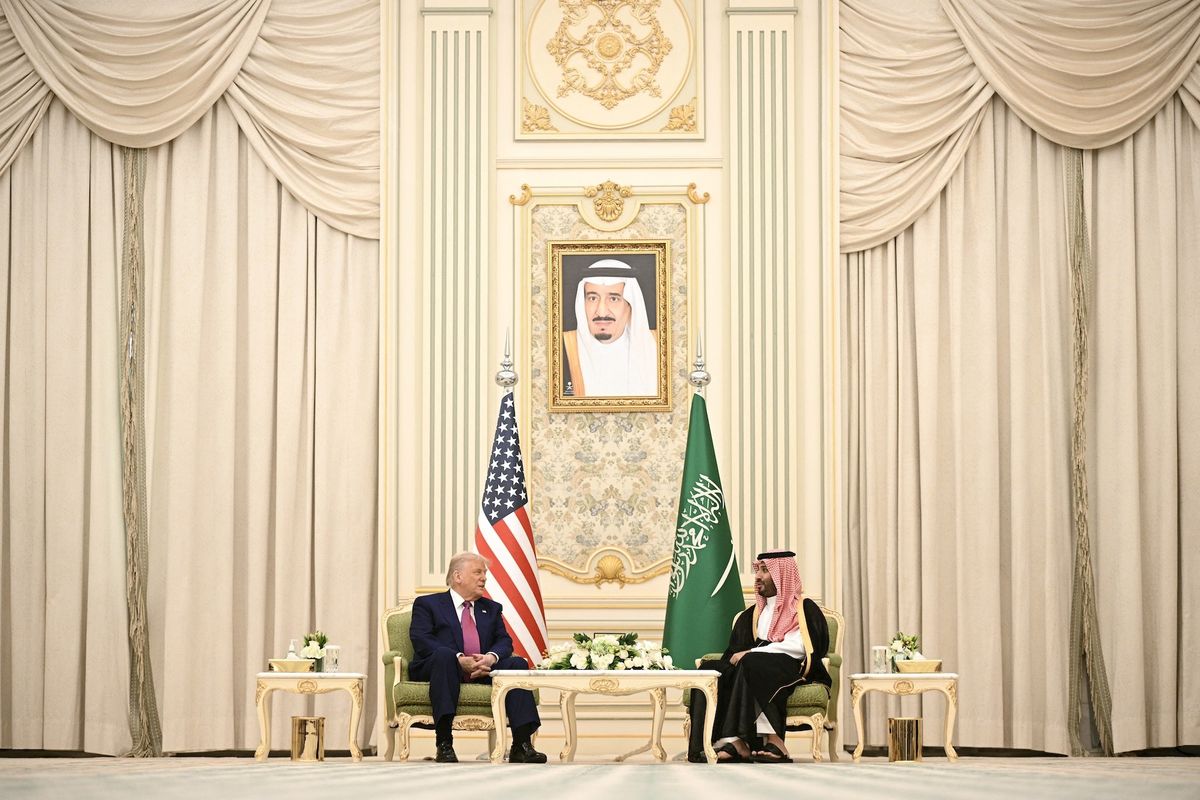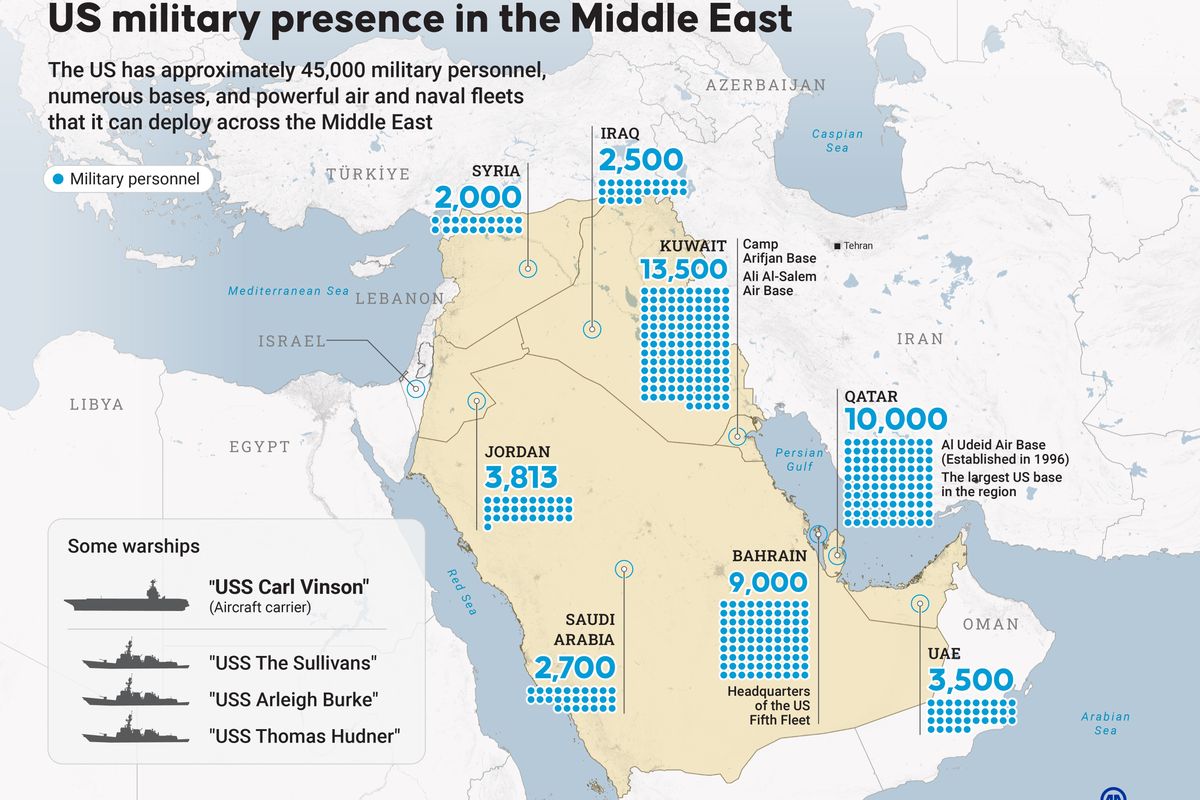Since oil prices plummeted in the last quarter of 2014, oil-producing countries have struggled to adapt to the new low-price environment. From reforms to slashed budgets, producers have found ways to cope and yet, for years, they failed to reach an agreement to reduce production, which could boost flagging oil prices. However, this September, the Organization of Petroleum Exporting Countries (OPEC), in conjunction with major non-OPEC producers, finally agreed to reduce global oil supplies.
Following informal OPEC talks in Algiers, members announced that they would work out a plan to reduce collective production by approximately 200 to 700 thousand barrels per day (bpd) during their next official meeting in November. However, the actual details of who will cut and by how much remain hazy. As Founder and President of SVB Energy International, Sara Vakhshouri writes, “the main challenge after this agreement will be its implementation, the details of the agreement, and how the supply will actually be reduced."
Nevertheless, even this vague agreement to reach an agreement is a significant milestone for OPEC, providing new hope that the organization’s members, as well as major non-OPEC producers, can overcome seemingly intractable differences. As November approaches, can producers hold this delicate consensus together and, if they do finalize a deal, will it reverse the oil price slump?
Before these questions can be answered, it is instructive to look at the factors behind oil’s fall in 2014 and the perpetuation of low oil prices since. From the macro perspective, a number of natural forces placed downward pressure on oil prices in 2014, including decreased global oil demand, increased U.S. production of shale oil, and general overinvestment in petroleum production. However, it was OPEC’s decision – led primarily by Saudi Arabia – to “restore market equilibrium” by refusing to cut production at its November 2014 meeting, which truly sent prices sliding.
Many saw this abrogation of OPEC’s price-setting power as primarily a reaction to U.S. shale, which, until very recently, has been prohibitively expensive to exploit. But high prices, heavy investment, and the perfection of horizontal drilling and hydraulic fracturing (“fracking”) technologies allowed shale to add nearly four million barrels per day (bpd) to U.S. oil production between 2005 and 2015. The Saudi decision to overproduce was read as an effort to price more expensive U.S. shale production out of the market.
However, while U.S. production was undoubtedly a factor, shale oil rigs are some of the world’s most flexible producers, able to shut down and come back online within just a few months. Even though low prices have forced out a number of shale operators, Riyadh and other major producers are well aware that these operators will quickly return to market once prices rise.
The real fight for market share is happening in Asia. Petroleum supplies roughly 80 percent of Asia-Pacific energy consumption, and Asian economies currently rely on Middle Eastern oil for around 66 percent of their total imports. The Saudis, for instance, export about half of their crude to the Asia-Pacific region, and by some estimates, Asian oil imports will grow to match the entire export capacity of the Middle East by 2035.
This giant market is the great prize for major OPEC producers and, in many ways, competition for that market pits OPEC producers against one another. At the same time, following the implementation of the nuclear deal with Iran in January 2016, Tehran has rushed to return oil production to pre-sanctions levels. Combined with deep geopolitical tension between Saudi Arabia and Iran, this has made any production freeze or reduction agreement extremely difficult to negotiate internally. This is especially true since, as Cipher Brief expert and former Associate Deputy Director of Operations at the CIA Robert Richer notes, “Iran needs as much money as it can get to help rebuild its infrastructure” and are thus intent on producing as much oil as possible. Similarly, coordinating with major non-OPEC players like Russia, which is the world’s third largest producer, has consistently thrown a wrench in the works.
At the end of the day, these and other problems plaguing production negotiations underline the essential dilemma of any price cartel. Cartels only work well when all of their members coordinate. When its members are divided, trust in a cartel’s ability to manage prices is lost, and the organization loses much of its power. In that sense, notes Vakhshouri, “the recent OPEC agreement is a very important indication that its members could still work together and agree on major market decisions and strategies.” The group has not successfully approved a production cut since 2008, and even the hint that it might has provided a psychological boost, which pushed oil prices to their highest level in more than a year last week.
However, the details of the agreement have led many to worry about the feasibility of a significant deal in November. Even if the proposed cuts do reach 750,000 bpd, this is hardly a drastic reduction, and it may well be partially offset by high global oil inventories and increased non-OPEC production from countries like Canada, Brazil, or the United States. What’s more, the agreement appears to exempt OPEC countries like Nigeria and Libya from cuts, and may even have to allow for a slight increase in production from Iran.
Still, if all these challenges can be overcome and a deal that includes OPEC and Russia is reached in November, Vakhshouri believes that “the market will witness significantly higher prices by the end of 2016.” OPEC members still produce 40 percent of the world’s oil and make up some 60 percent of total internationally traded petroleum. If it can cooperate, the cartel still wields impressive practical and psychological power over international oil markets. In November, it will have an opportunity to prove that fact.
Fritz Lodge is an international producer at The Cipher Brief.












